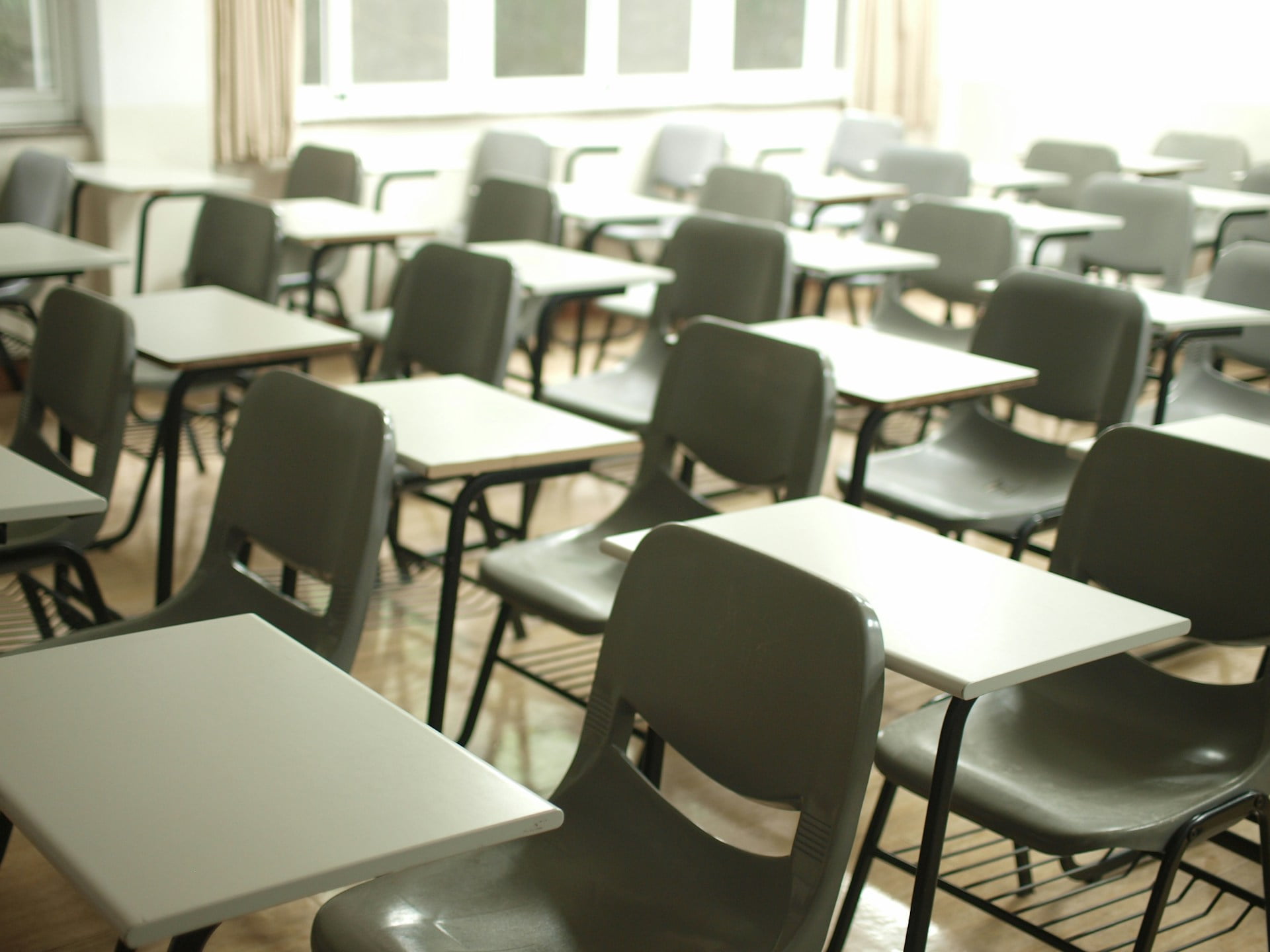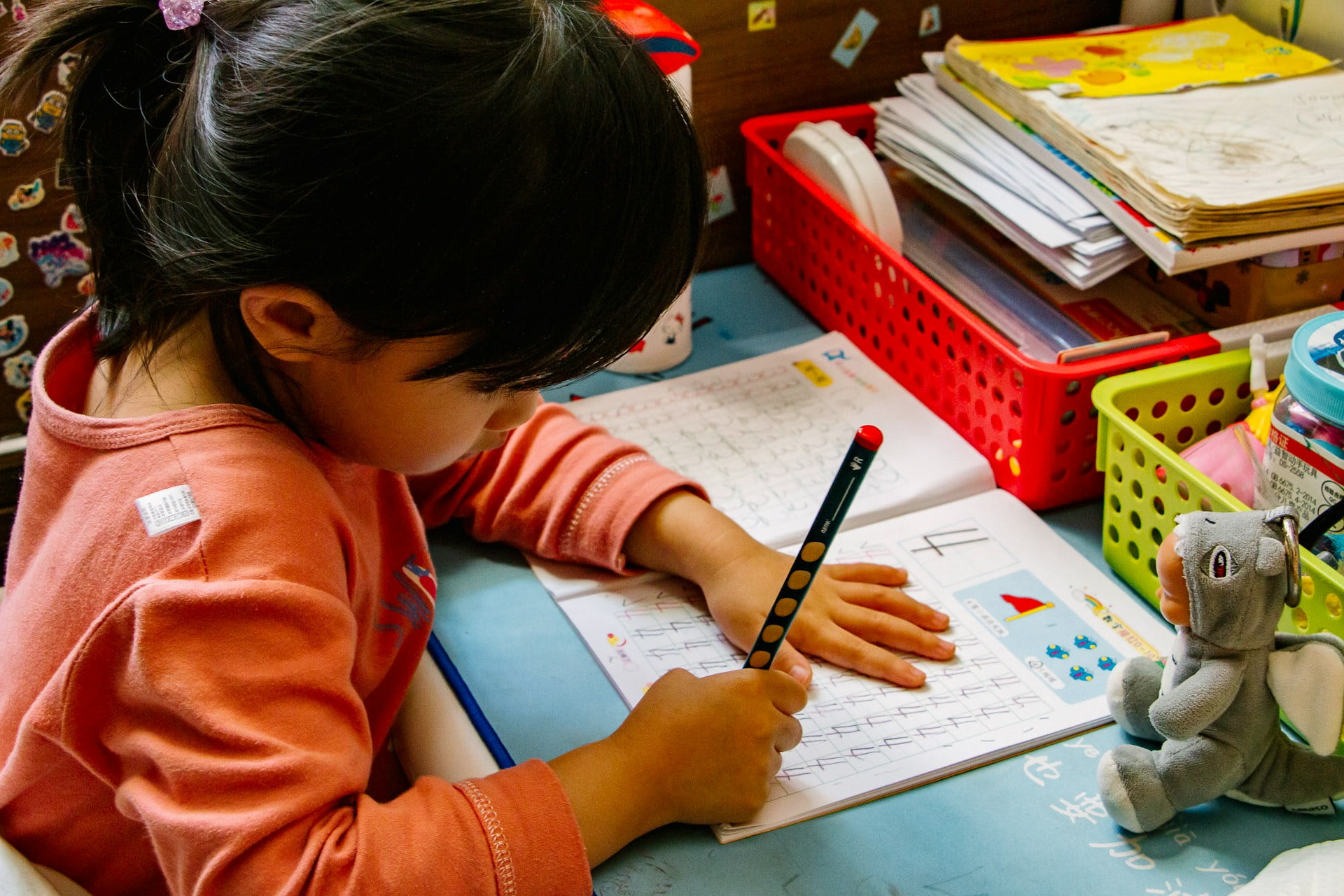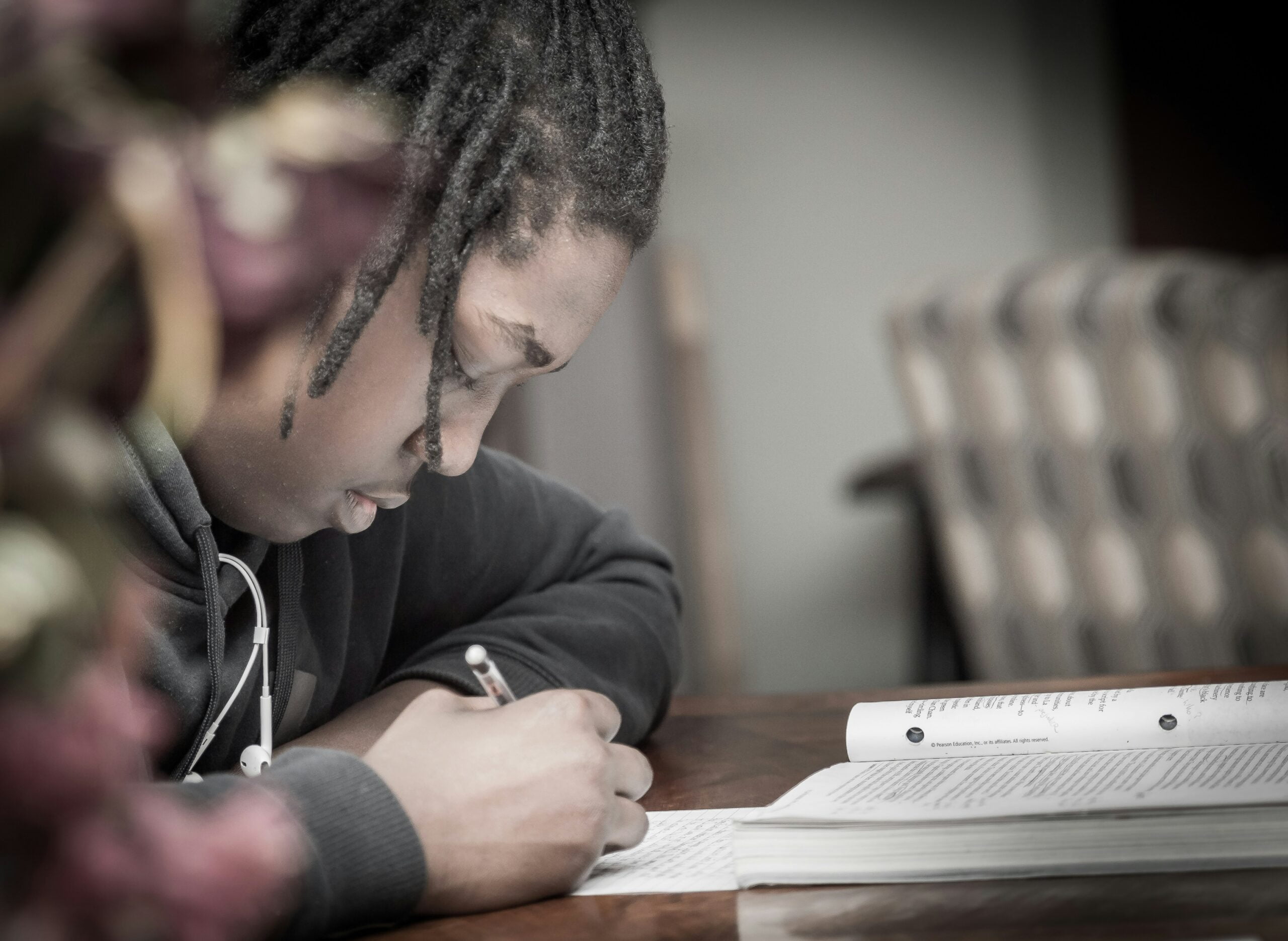Written by: Reagan Flowers, PhD
More than 7 million public school students, almost 15%, need special education today in America. That number has more than doubled in the last decade. Why is this happening, and what can we do to ensure these students are not overlooked or left behind?
What Special Needs Education Involves
Students with special needs receive accommodations for any number of reasons, including including physical or mental health conditions, learning disabilities, and developmental delays.
Since 1990, the Individuals with Disabilities Education Act (IDEA) guarantees every student in special education will receive an individualized education program (IEP), also known as an IEP. The student’s parents collaborate with the child’s school to develop an IEP based on the student’s unique educational needs.
Reasons Driving the Rise In Special Education Needs
The rise in special needs education recipients is not necessarily a bad thing, as more students may be getting the help they need. There are several reasons why numbers continue to increase.
First, we now know more about ADHD and the autism spectrum than we did in previous decades. These conditions are now more readily diagnosed and treated, and there is less stigma around them. This also rings true for mental health disorders, which used to be seen as shameful or embarrassing.
Second, more teachers are recommending IEPs for students who need additional help. They recognize the struggle many students have with a one-size-fits-all curriculum.
Finally, more and more parents have begun to realize that IEPs for students with learning disabilities are a benefit, not a detriment. While conditions like dyslexia were once socially looked down upon, most people now know it’s just a medical condition that requires extra assistance.
Special Needs Education for Black Students is Over Recommended
Though we often talk about a lack of services for Black students, studies show that Black students are disproportionately assigned to special needs education. In southern states, Black students are assigned to special education 44% more than white students.
This illustrates a level of bias that is detrimental to a Black student’s progress. It introduces them to the idea that they may possess a disability they actually do not or are not as capable as they actually are. They are likely to become bored, discouraged, disengaged, and ultimately to fall behind.
We must make sure that each student is examined as an individual, regardless of their race or background. Though the intentions of IEPs are good, we must make sure that they are being built for the students who actually need them.
In conclusion, the rise in special education students is a mixed bag. Increased recognition of need and decreased stigma around diagnoses are significant steps forward for our students. However, bias creates situations where students need to catch up due to unneeded special needs services. We have come a long way, but there is room for improvement.







